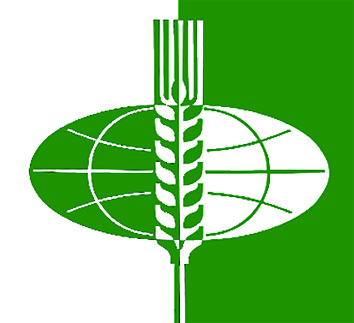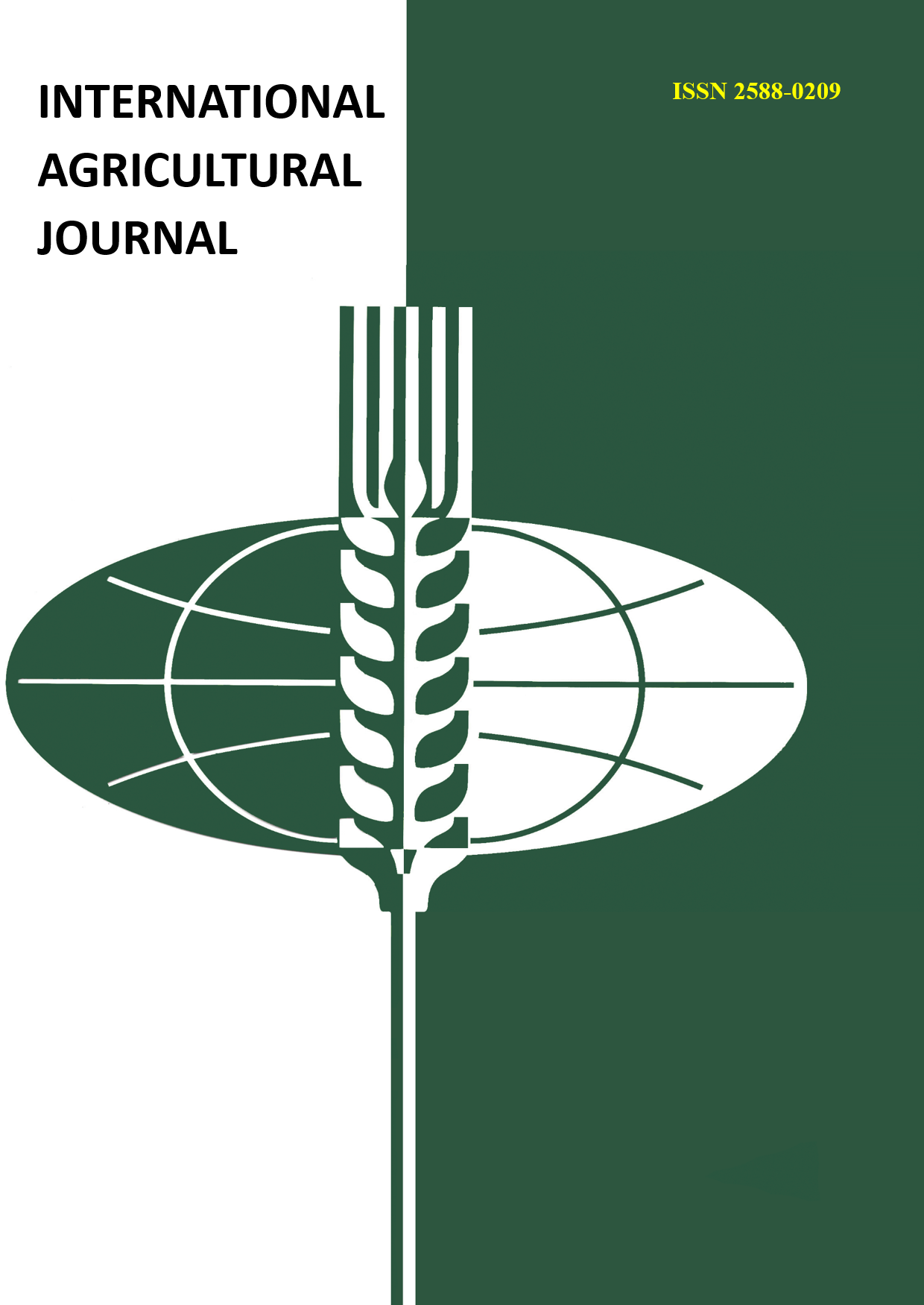Cooperation begins its development in the 19th century. In foreign countries and in Russia, various cooperatives appear almost simultaneously, among which the most famous are production, processing and credit cooperatives. Agricultural cooperatives began to emerge in connection with the need of society for food production. As early as 2006, 1,214 agricultural organizations, more than 3,000 farms, as well as many personal subsidiary plots of citizens, became members of consumer cooperatives in Russia. Currently, agricultural cooperation plays an important role in connection with the import substitution of many food products. Since 2015, state bodies have been providing grant support to agricultural consumer cooperatives, as cooperatives provide domestic and foreign markets with agricultural products. By uniting farmers, they are able to manage risks and introduce modern innovative technologies into their production. Cooperatives are mainly small and medium-sized enterprises, but they occupy a fairly significant market share in agriculture. But the leading producers of agricultural products are large farms - agricultural holdings, where there is a concentration of production. However, service cooperatives are quite capable of competing with large enterprises. Cooperatives also increase the level of food security, because they produce high-quality domestic products. In addition, cooperatives increase the income of rural residents, create jobs and increase the sustainability of the agricultural sector of the economy.
kooperaciya, sel'skoe hozyaystvo, prodovol'stvennaya bezopasnost', otechestvennoe proizvodstvo, fermerskie hozyaystva, rynki sbyta














